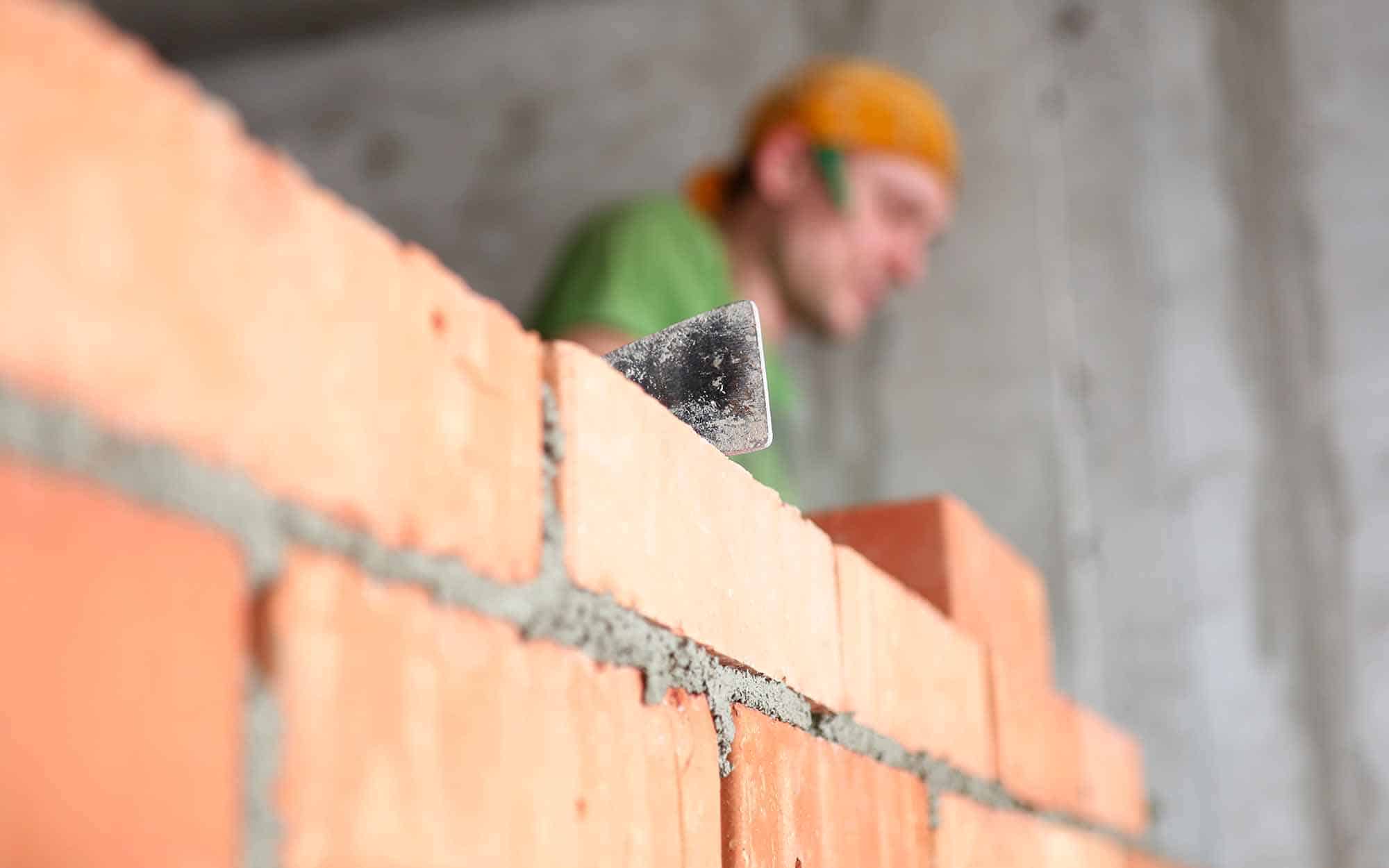Top Quality Paver Installation Services to Change Your Outdoor Room
Opening the Secrets of Sustainable Stonework Building Practices for Eco-Friendly Structures
In the realm of contemporary building and construction, the search of sustainable methods has actually ended up being vital. Among the myriad techniques to environment-friendly building, lasting stonework building and construction attracts attention as a time-tested and long lasting technique that holds a wide range of untapped capacity. From the option of materials to ingenious building techniques, the tricks to achieving sustainability within stonework building are multifaceted and appealing. By checking out the advantages, products, techniques, and future fads of sustainable stonework, a deeper understanding of how these techniques can shape the future of eco-friendly structures emerges.
Advantages of Lasting Masonry Building
Embracing sustainable stonework building and construction techniques not only minimizes environmental influence but also provides long-term economic benefits to builders and communities. By using products like recycled blocks, blocks, and stones, home builders can substantially lower the carbon footprint of their jobs while advertising resource effectiveness. In addition, sustainable stonework construction methods, such as correct insulation and thermal mass residential properties, can improve power efficiency within structures, leading to reduced functional expenses with time.
Furthermore, the durability and resilience of stonework frameworks add to long-term economic benefits. Buildings built making use of sustainable masonry methods frequently require less maintenance and repair service, converting to cost savings for builders and homeowner. The longevity of masonry materials also makes sure that structures remain stable and safe and secure, decreasing the demand for frequent restorations or replacements.
Eco-Friendly Masonry Materials
Making use of environmentally friendly masonry materials is a pivotal action in the direction of boosting the sustainability of building techniques and lessening environmental influence while making best use of long-lasting economic advantages. Sustainable stonework materials are sourced, created, and utilized in a way that reduces general ecological impact. Products such as recycled bricks, recovered stone, and lasting concrete blocks are ending up being significantly popular options for eco-conscious contractors. Recycled blocks, for example, not only divert waste from garbage dumps but likewise require less energy to produce compared to brand-new bricks. Reclaimed rock provides a distinct visual allure while decreasing the demand for brand-new quarrying. Sustainable concrete blocks include recycled aggregates and might feature improved insulation properties, adding to power efficiency in structures.
In addition, natural products like adobe, rammed earth, and straw bundles offer excellent thermal mass buildings, lowering the demand for heating and cooling energy. These products are often in your area readily available, advertising regional economic situations and lowering transportation-related carbon discharges. By picking environment-friendly masonry products, construction tasks can substantially decrease their ecological footprint and add to the development of much healthier, more lasting built atmospheres.
Energy-Efficient Masonry Techniques
Energy performance plays a vital duty in improving the sustainability of stonework building and construction methods. By carrying out energy-efficient masonry methods, home builders can considerably lower the general power intake of a structure, bring about reduced operational prices and a smaller ecological impact. One essential energy-efficient stonework strategy is making use of thermal mass, which includes including thick materials like concrete or brick into the structure's framework to absorb and save heat. This helps regulate interior temperature levels, reducing the need for mechanical heating and cooling systems.

Advancements in Lasting Stonework
Current innovations in lasting stonework techniques have actually caused cutting-edge strategies that are improving the building market. One such advancement is the advancement of self-healing concrete, which uses germs embedded within the concrete to heal cracks autonomously. This breakthrough not only reduces upkeep prices but additionally boosts the durability of masonry structures, adding to their sustainability.
Another notable development is the use of recycled aggregates in masonry building - masonry contractor. By integrating materials such as crushed ceramic waste or recycled glass into concrete mixes, building contractors can lower the ecological influence of construction projects while maintaining structural stability. This practice not only diverts waste from land fills but also preserves all-natural sources, making it a crucial improvement in sustainable masonry building
In addition, the assimilation of electronic design devices, such as Building Info Modeling (BIM), is revolutionizing the way masonry structures are prepared and built. BIM enables even more precise computations, minimized product waste, and enhanced power performance, inevitably bring about even more cheap car lots near me lasting structure techniques. These innovations collectively signify an encouraging future for lasting masonry construction in the period of eco-friendly buildings.
Future Trends in Stonework Sustainability
With the ingenious strides made in sustainable stonework techniques, the future trends in masonry sustainability are poised to further revolutionize the building and construction market. One of the essential fads shaping the future of masonry sustainability is the raised integration of innovation. Innovations such as Building Details Modeling (BIM) and online reality simulations are being used to maximize stonework construction processes, bring about lowered material waste and improved energy efficiency in buildings.
Moreover, the advancement of unique lasting products is readied to play a significant role in enhancing the eco-friendliness of masonry construction. masonry contractor. Developments like self-healing concrete, recycled accumulations, and bio-based binders are getting traction for their capability to lessen environmental effect while preserving structural stability

Verdict
To conclude, sustainable stonework building practices supply various advantages for green buildings. By making use of environment-friendly materials and energy-efficient strategies, masonry can add to an extra sustainable built atmosphere. Developments in lasting masonry are continuously being established to further boost the ecological performance of structures. Looking towards the future, the fad of stonework sustainability is expected to expand, bring about more eco-friendly and energy-efficient building and construction methods in the years to come.